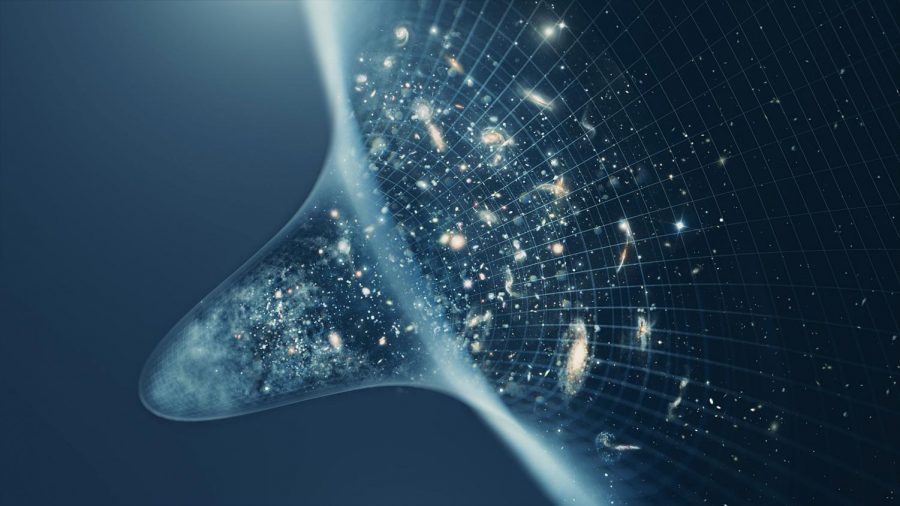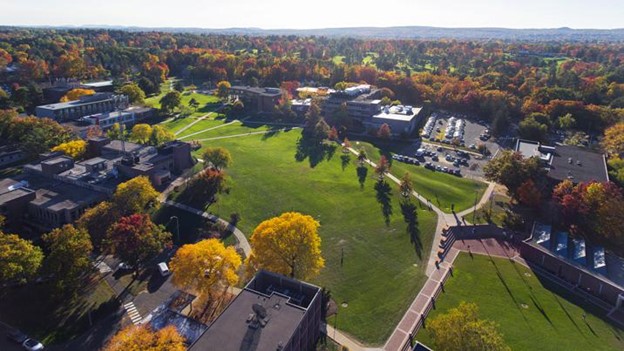World’s fastest supercomputer simulates reversal of cosmic time
February 17, 2021
Astronomers at the National Astronomical Observatory of Japan (NAOJ) have reconstructed the state of the Universe by creating 4000 simulated universes using the ATERUI II supercomputer.
These simulations were made to get a better grasp of the concept of inflation, the sudden phenomenon of the Universe increasing more than a trillion times in size in less than a trillionth of a microsecond. One of the original theories about inflation is that it should have created “primordial density fluctuations”, aka the “seeds” of all structures in the Universe.
By mapping out how the Universe dispersed itself into all of the galaxies, the ATERUI II’s model simulations can rule out the possibilities that don’t align with the data from this theory.
Of course, with all the spontaneity going on in the Universe, there are processes that impact inflation, preventing us as humans to receive direct observations of the cosmos at large. The gravitational growth of the galaxies, primarily, creates this prevention to observe the seeds that the Universe has soiled.
The research team responsible for these simulations is led by Masato Shirasaki, an assistant professor at NAOJ and the Institute of Statistical Mathematics. The making of these simulations is classified as a “reconstruction method” to turn back the clock of the Universe and remove the gravitational interference on the primordial density fluctuations. Upon application, the method was found to correct the gravitational effects on the simulations, improving the confines of the primordial density fluctuations.
“We found that this method is very effective,” Shirasaki says. “Using this method, we can verify of the inflation theories with roughly one-tenth the amount of data. This method can shorten the required observing time in upcoming galaxy survey missions such as SuMIRe by NAOJ’s Subaru Telescope.










